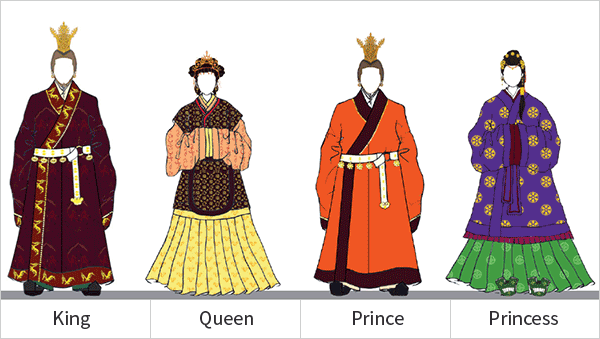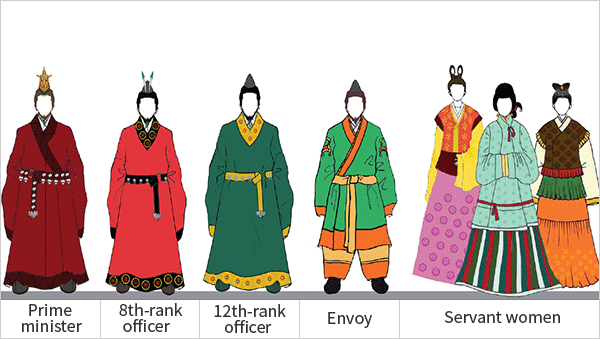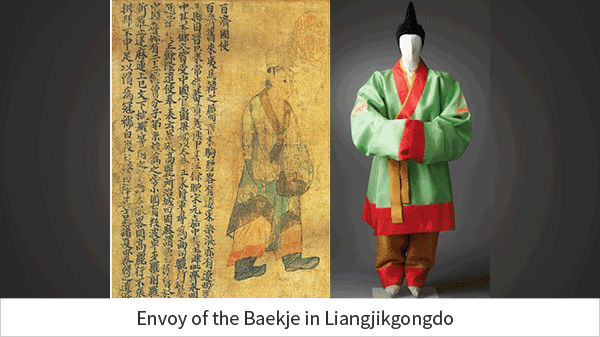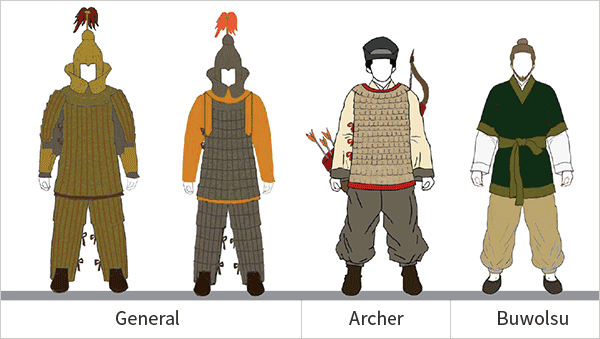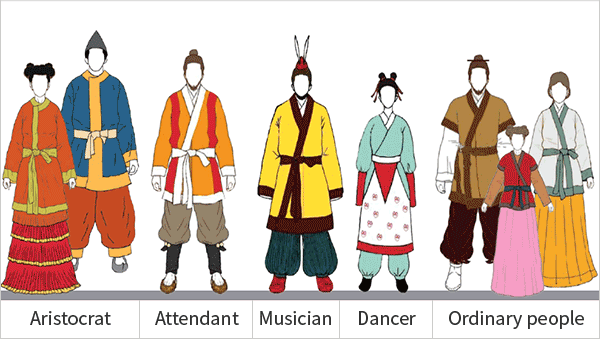What kind of clothes did the Baekje wear?
What did the Baekje normally eat?
The people of the Baekje had a diet that consisted mostly of vegetables. They used to boil grains or cook rice, and frequenty ate preserved foods using additives such as vinegar, honey, taffy, soy sauce and bean paste. In addition, the country started to engaged in more serious struggles with the Goguryeo and Shilla, and adequte amounts of protein were required to be supplied to the soldiers, thus there are a number of stories about hunting in ancient records. Meat was cooked in diverse ways by grilling or slicing.
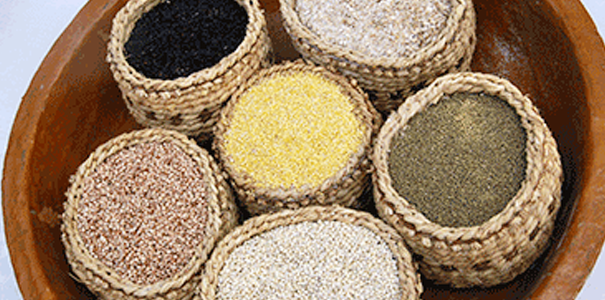
- GrainsRice, barley, wheat, proso, millet, buckwheat, beans, red beans, sesame, green beans, yams
- Herbs · VegetablesCurled mallow, bracken, water parsley, spring-parsley, hogfennel, beets, lily, mugwort, wild chives, shepherd's purse, radishes, gourds, eggplant, taro, kudzu, garlic, chives, green onions, lettuce, lotus root
- FruitsPersimmons, hazelnuts, chestnuts, acorns, walnuts, jujubes, peaches, apricots, gooseberries, melons, pears, apples, wild grapes, grapes, water melon, pine nuts
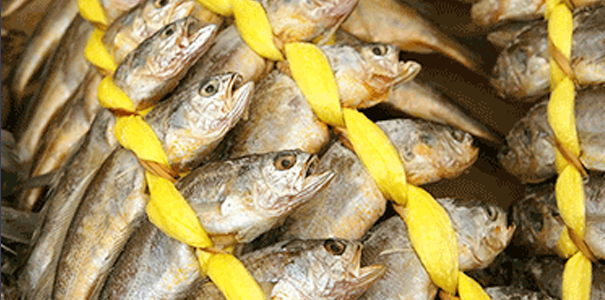
- AnimalsDog, cow, horse, pork, wild boar, venison, roe deer venison, rabbit, goat
- BirdsChicken, duck, pheasant, sparrow, wild goose, pigeon
- FishCroaker, sea bream, sea bass, blowfish, shad, sciaenoid fish, trout, sardines, yellow tail, herring, cod, flatfish, ray, hairtail, anchovy, bartail flathead, shark, whale, crab, carp, mudfish
- ShellfishOysters, baby clams, gastropods, rockfish, common orient clams, clams, turban shells, abalones, Gomphina veneriformis
Where did the Baekje live?
In the Hangang River basin, at the base of the Baekje, there were 凸-type and 呂-type dwellings that were quite large in size and the entry space was separated from around the beginning of history. At around the 3rd century, there were dwellings with a hexagonal living area, and they are concentrated in the basins of the Hangang and Imjingang Rivers. The representative ruins include the Pungnaptoseong and Mongchontoseong in Seoul, and Misari, Hanam.
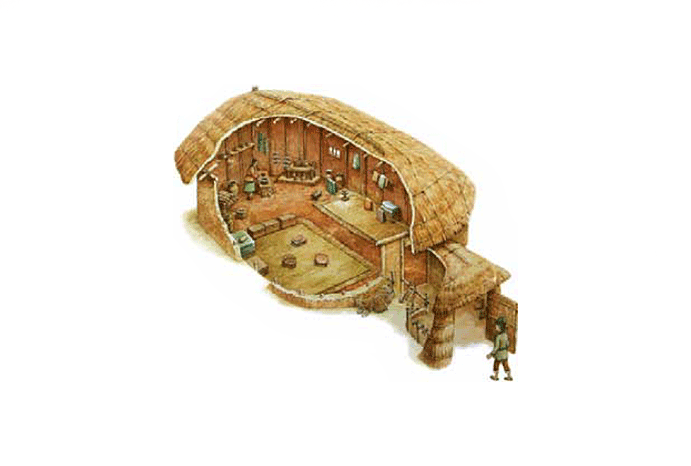
Imaginary reconstruction of a hexagonal dwelling
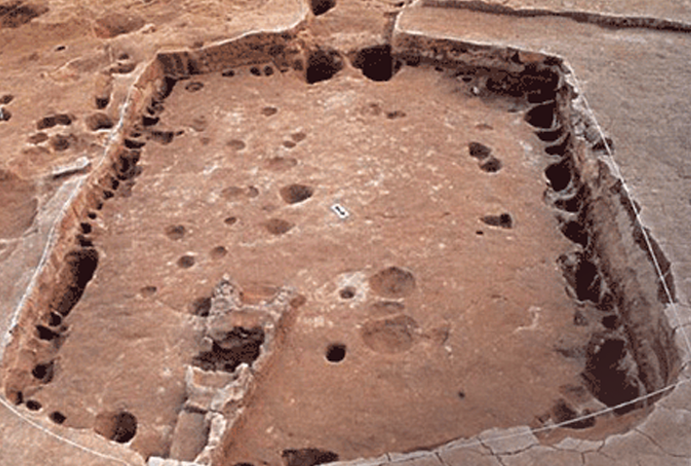
Hexagonal dwelling (Pungnaptoseong)
Source : SEOUL BAEKJE MUSEUM

